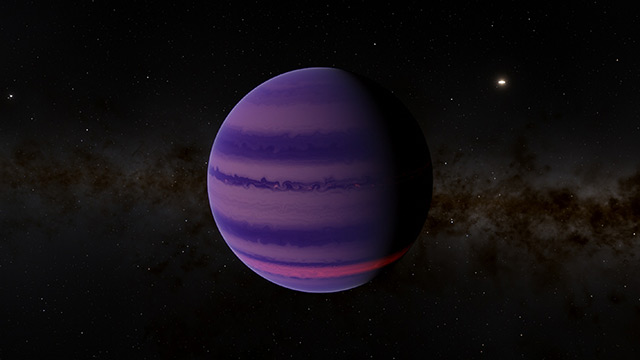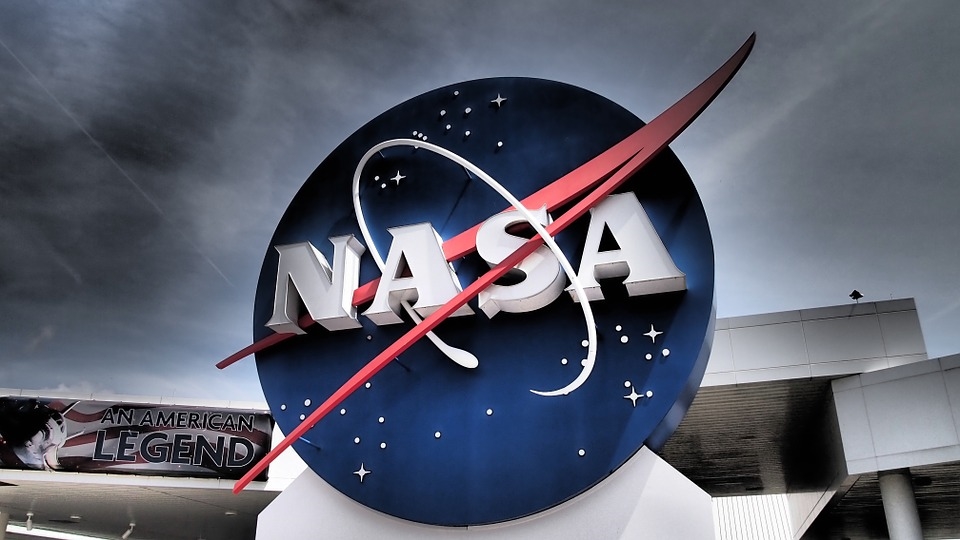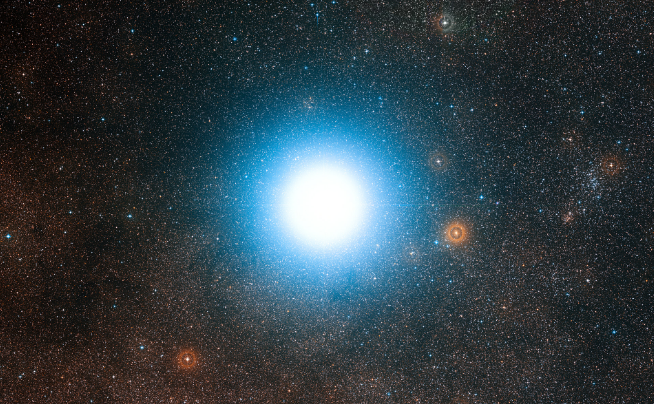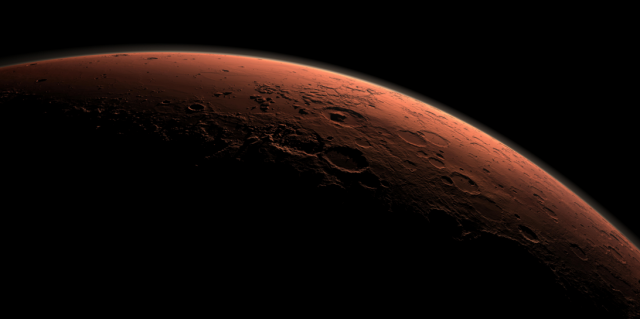AI may have cracked the code to the “world’s most mysterious book;” found in 1912, cryptographers have been trying to crack it for decades
02/13/2018 / By David Williams
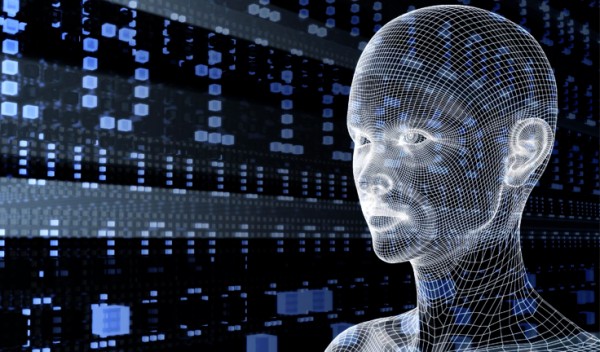
The Voynich manuscript, long considered to be the most mysterious book on Earth, may have finally been cracked. According to one researcher — a computer scientist named Greg Kondrak from the University of Alberta — by using artificial intelligence (AI) in the form of statistical algorithms, it became possible to decipher part of the book and even go so far as to form a complete sentence near the very beginning.
While Kondrak hasn’t been able to translate the entire book or anything like that, much less find out exactly what it’s all about, he was able to work off some promising leads that could eventually lead to a greater understanding of it. His effort hasn’t resulted in the most comprehensive deciphering of the book, but at least it’s a start.
According to Kondrak, he used so-called statistical algorithms that are said to be almost perfectly accurate — hitting almost 97 percent accuracy — when it comes to translating the United Nations Universal Declaration of Human Rights into 380 different languages. Although at first, he and his team believed that the Voynich manuscript was in Arabic, they later realized that it could most likely be in Hebrew. So they changed their plans accordingly.
Kondrak noted that he knew it was rather unexpected. “That was surprising,” he said. “And just saying ‘this is Hebrew’ is the first step. The next step is how do we decipher it.”
The Voynich manuscript is a world-famous book that is said to be widely celebrated amount historians and cryptographers. Carbon dating suggests that it had to have been written early in the 15th century, however, it’s unclear when exactly how it came to be. It is the subject of fascination in the modern world as the language used it in has not been deciphered thus far since it has been in circulation, and even now experts are still trying to wrap their heads around it.
After trying to come up with an algorithm that would be good enough to decipher the language in the Voynich manuscript, Kondrak and his team were able to put together one that shuffles the order of the letters in each word and then drops the vowels. After initial testing, Kondrak said that the very first sentence in the book reads: “he made recommendations to the priest, man of the house and me and people.”
Again, it isn’t much. But Kondrak said that a proper expert on the Hebrew language could do wonders for deciphering the rest of the text. “Somebody with very good knowledge of Hebrew and who’s a historian at the same time could take this evidence and follow this kind of clue,” he explained. Evidently, for all of its benefits, the use of AI doesn’t guarantee total success. Sometimes, a human touch is still necessary to get the right answer. Until then, the Voynich manuscript will remain as it is: a twisted enigma just waiting to be understood.
Read about other interesting artifacts at Artifacts.news.
Sources include:
Tagged Under: algorithms, artificial intelligence, cosmic, cryptography, Mysteries, statistical algorithms, Unexplained, Voynich manuscript

